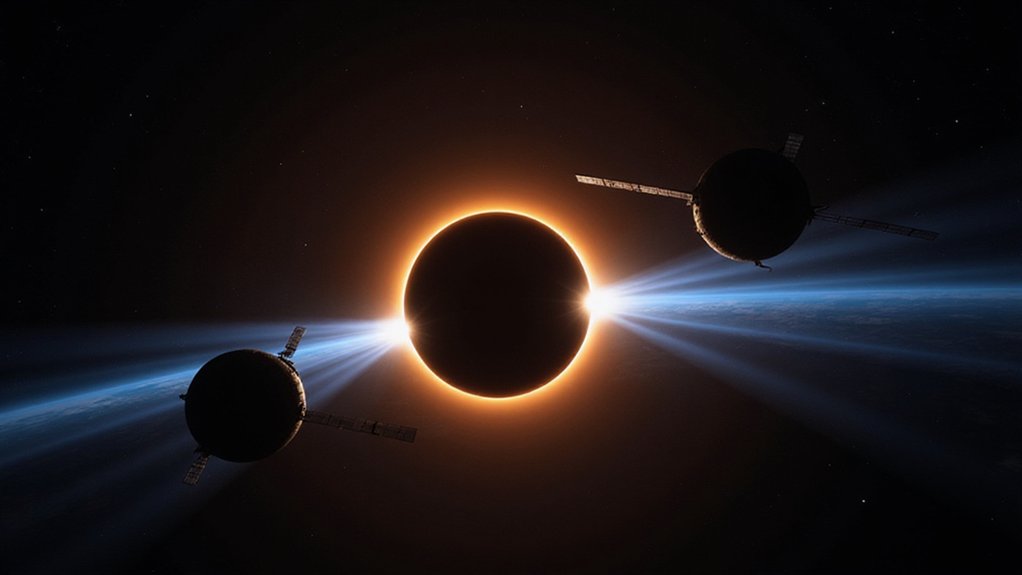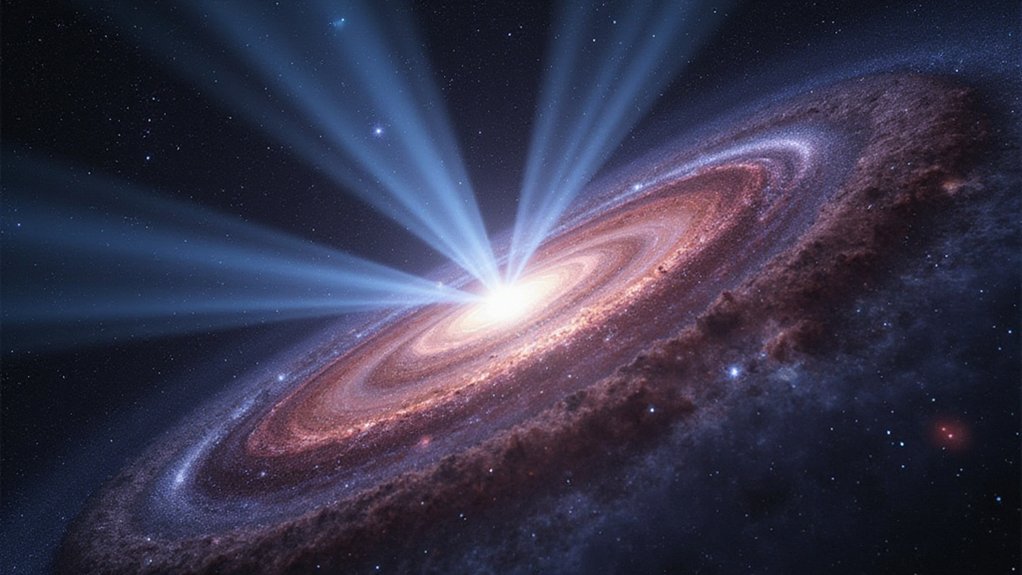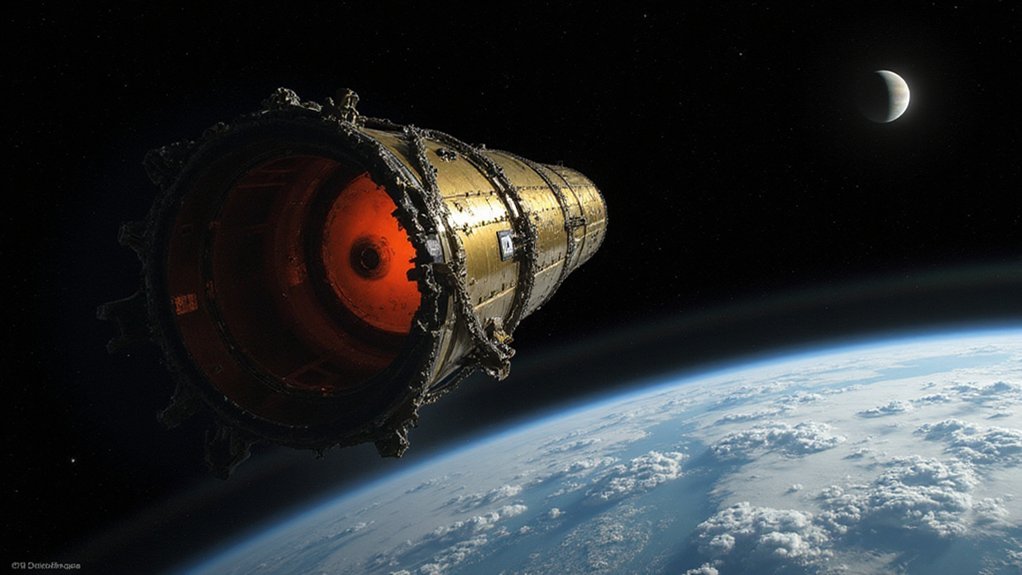Two spacecraft are playing cosmic hide-and-seek 150 meters apart, and it’s actually brilliant. The European Space Agency just pulled off something wild – they’re creating fake solar eclipses in space. No waiting around for the Moon to cooperate anymore.
The setup? Dead simple. Two satellites: Coronagraph and Occulter. The Occulter carries a 1.4-meter disc that blocks the Sun. The Coronagraph sits behind it, snapping photos of the solar corona. They maintain their distance with millimeter precision. That’s right, millimeter. In space. While hurtling around Earth.
They launched December 5, 2024, from India on a PSLV-XL rocket. Fourteen ESA member states plus Canada threw their weight behind this. The mission runs itself – no ground control needed during eclipse formation. The satellites orbit Earth every 19.5 hours, spending up to six hours per orbit in perfect eclipse alignment.
Natural eclipses last minutes. This thing? Hours. Scientists are basically giddy. They get to study the Sun’s corona – that ghostly outer atmosphere usually hidden by glare – whenever they want. No more chasing eclipses across continents like storm chasers with PhDs. The ASPIICS instrument captures these corona images by combining three exposure variations into each complete picture.
Scientists manufacturing hours-long eclipses instead of chasing minutes-long natural ones across continents.
The precision required borders on absurd. These spacecraft maintain formation within a single millimeter. Mess up the alignment, and the Coronagraph’s solar panels get blocked. Game over. But when it works, that artificial shadow measures exactly 8 centimeters across on the sensor. Just enough to reveal the corona’s secrets. The mission has already generated 10 successful solar eclipses during its checkout phase.
First images dropped in June 2025. Scientists finally got clear shots of coronal structures, plasma activity, and magnetic fields. This data matters. Solar wind, coronal heating, mass ejections – all the stuff that messes with our satellites and power grids. We’re finally getting answers.
The technology demonstration alone changes everything. Future missions can now use multiple satellites working as one unit. No human babysitting required. The satellites handle their own choreography, maintaining that insane precision autonomously.
Proba-3 turned eclipse chasing into eclipse manufacturing. Nature takes millions of years to align celestial bodies. Humans? We just built our own eclipse machine. Sometimes our species actually delivers.
References
- https://www.esa.int/Enabling_Support/Space_Engineering_Technology/Proba-3/Proba-3_s_first_artificial_solar_eclipse
- https://www.euronews.com/my-europe/2025/06/16/two-european-satellites-mimic-total-solar-eclipse-as-scientists-aim-to-study-corona
- https://www.livescience.com/space/space-exploration/1st-of-its-kind-european-spacecraft-duo-will-create-mini-eclipses-in-space-transforming-how-we-study-the-sun
- https://www.smithsonianmag.com/smart-news/see-the-beauty-of-an-artificial-solar-eclipse-created-with-a-first-of-its-kind-perfect-satellite-formation-180986831/
- https://www.esa.int/Enabling_Support/Space_Engineering_Technology/Proba-3/Eclipse-making_double_satellite_Proba-3_enters_orbit








